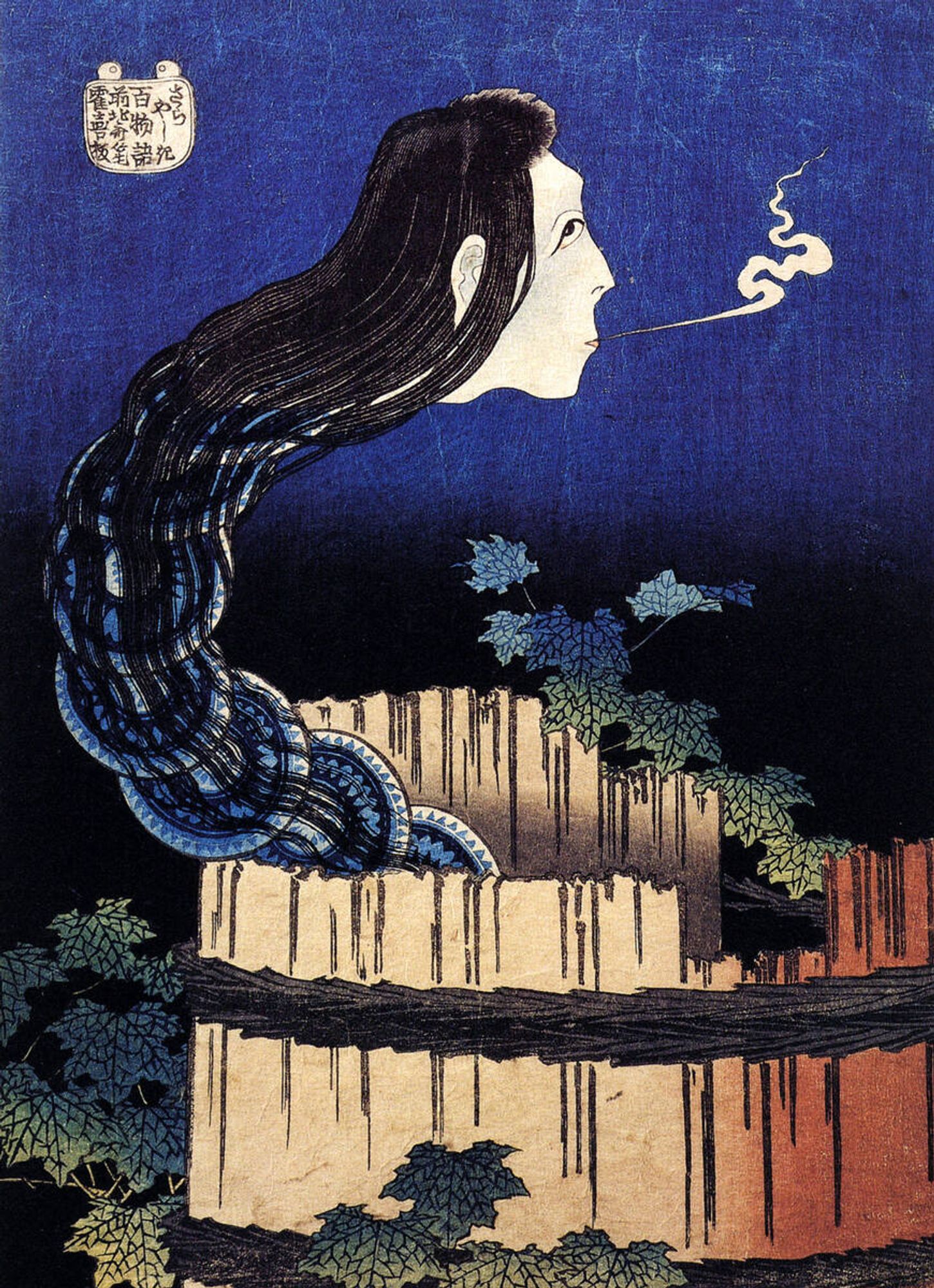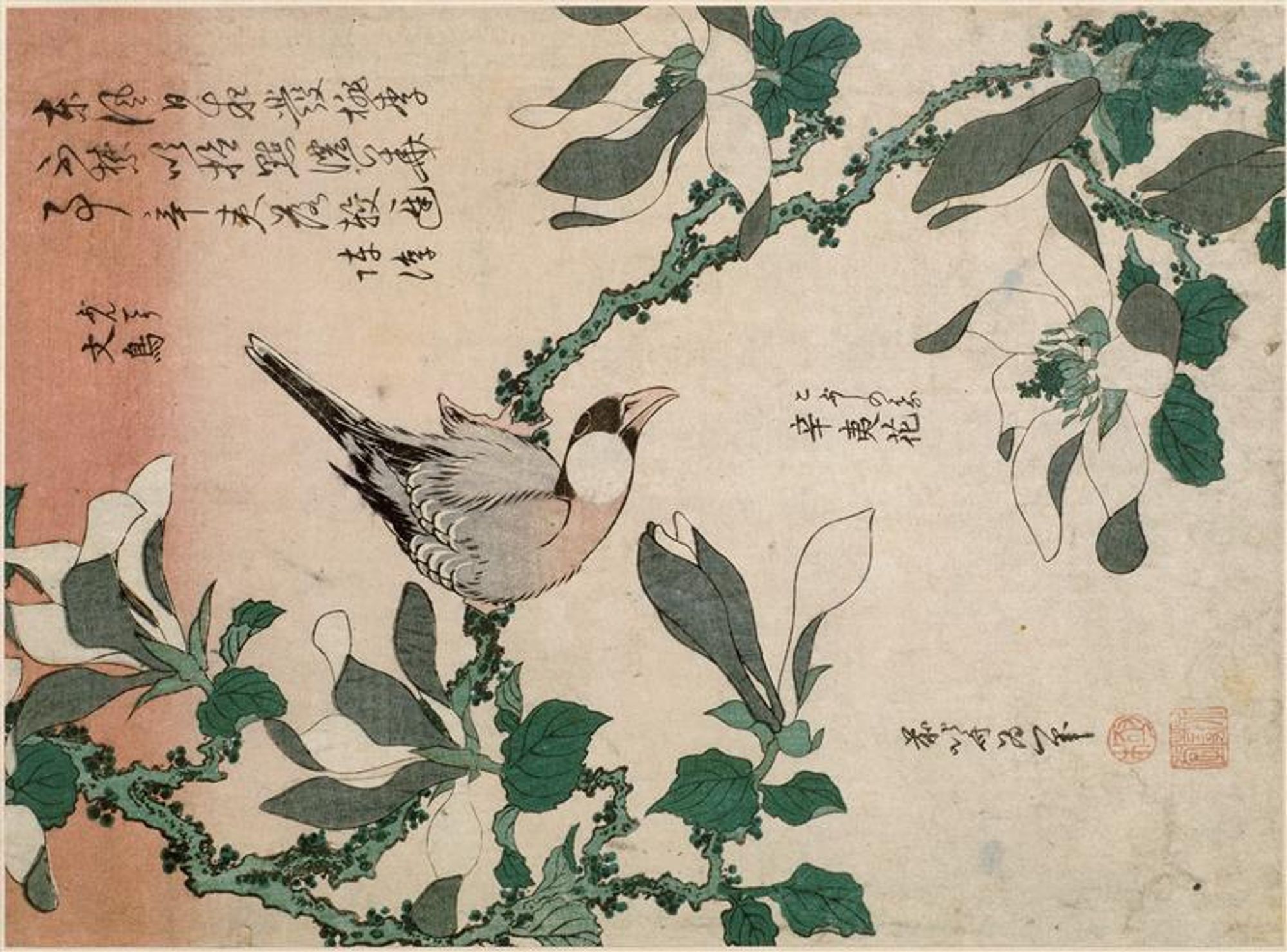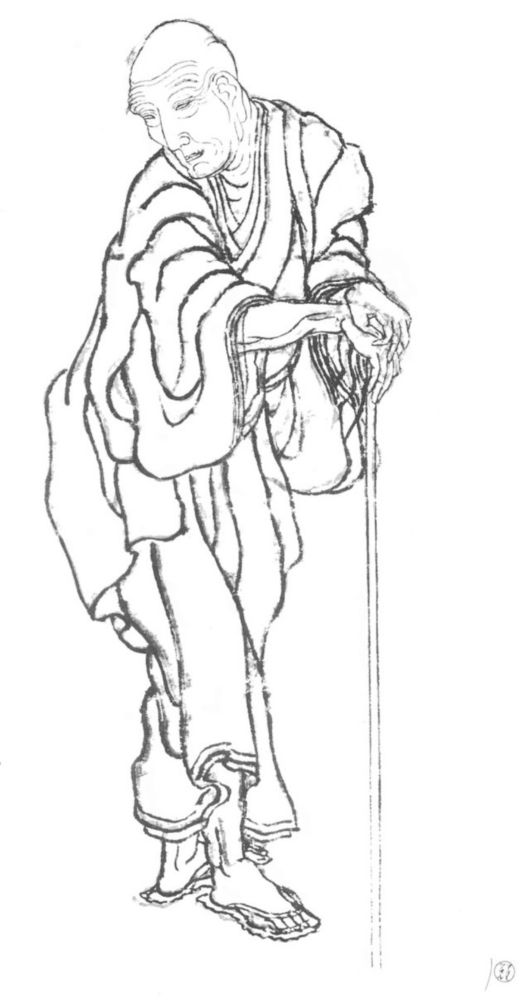There's a lovely animated film about Katsushika Ōi called 'Miss Hokusai"
Katsushika Ōi (葛飾 応為, c. 1800 – c. 1866) was a Japanese Ukiyo-e artist of the early 19th century Edo period. She was the daughter of painter Hokusai. She was an accomplished painter who also worked as a production assistant to her father.

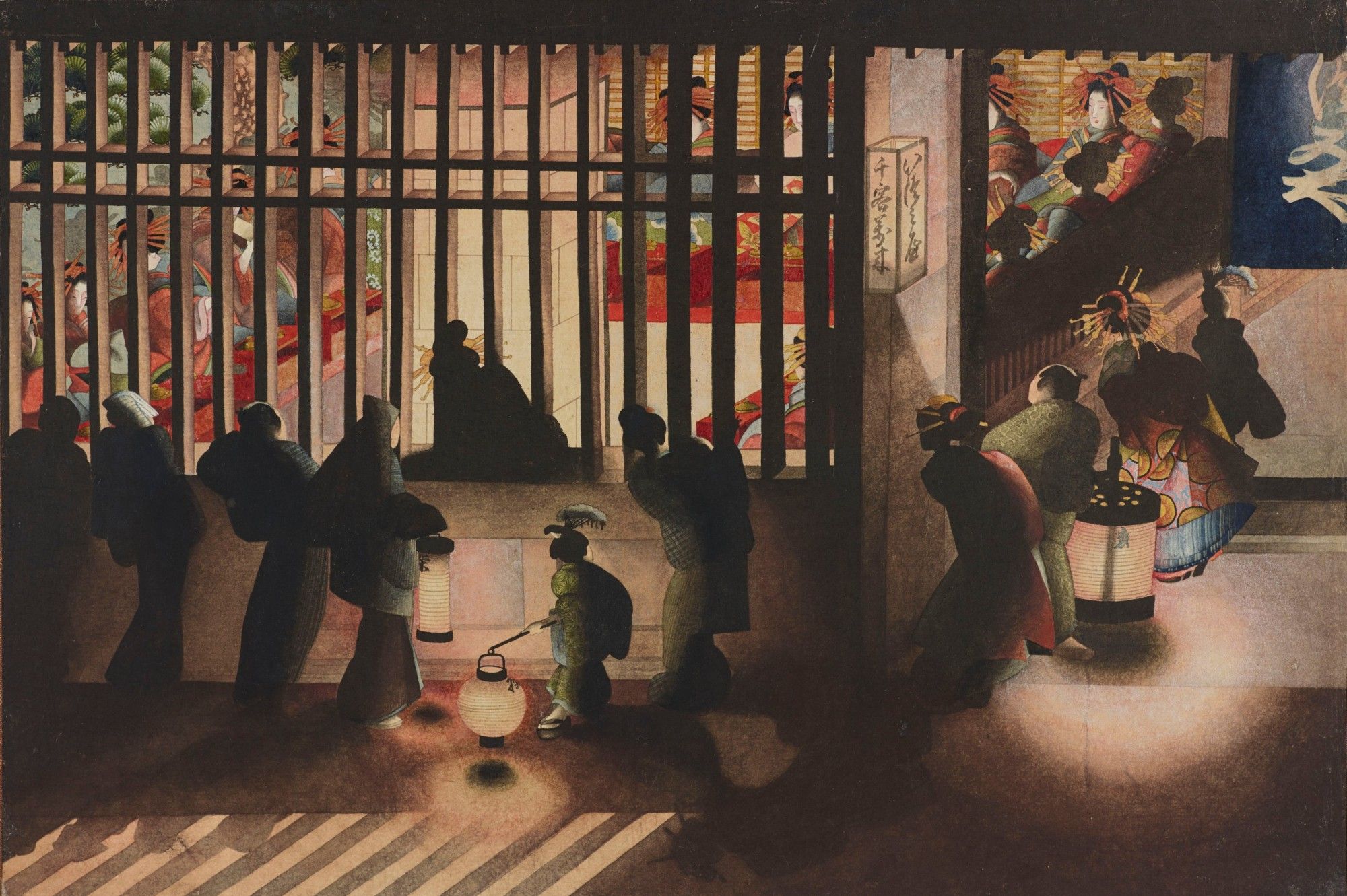
#MelvilleMonday 🐳 “‘Father!’ Here,” raking with his staff, “my father would sit, and here, my mother, and here I, little infant, would totter between, even as now, once again, on the very same spot, but in the unroofed air, I do. The ends meet. Plough away, friend.” Israel Potter 27 Herman Melville

That was such a wonderful exhibit. I had one day in Seattle before my daughter moved to Japan, and it was a great thing for us to be able to do together before she left. So thoughtfully put together!
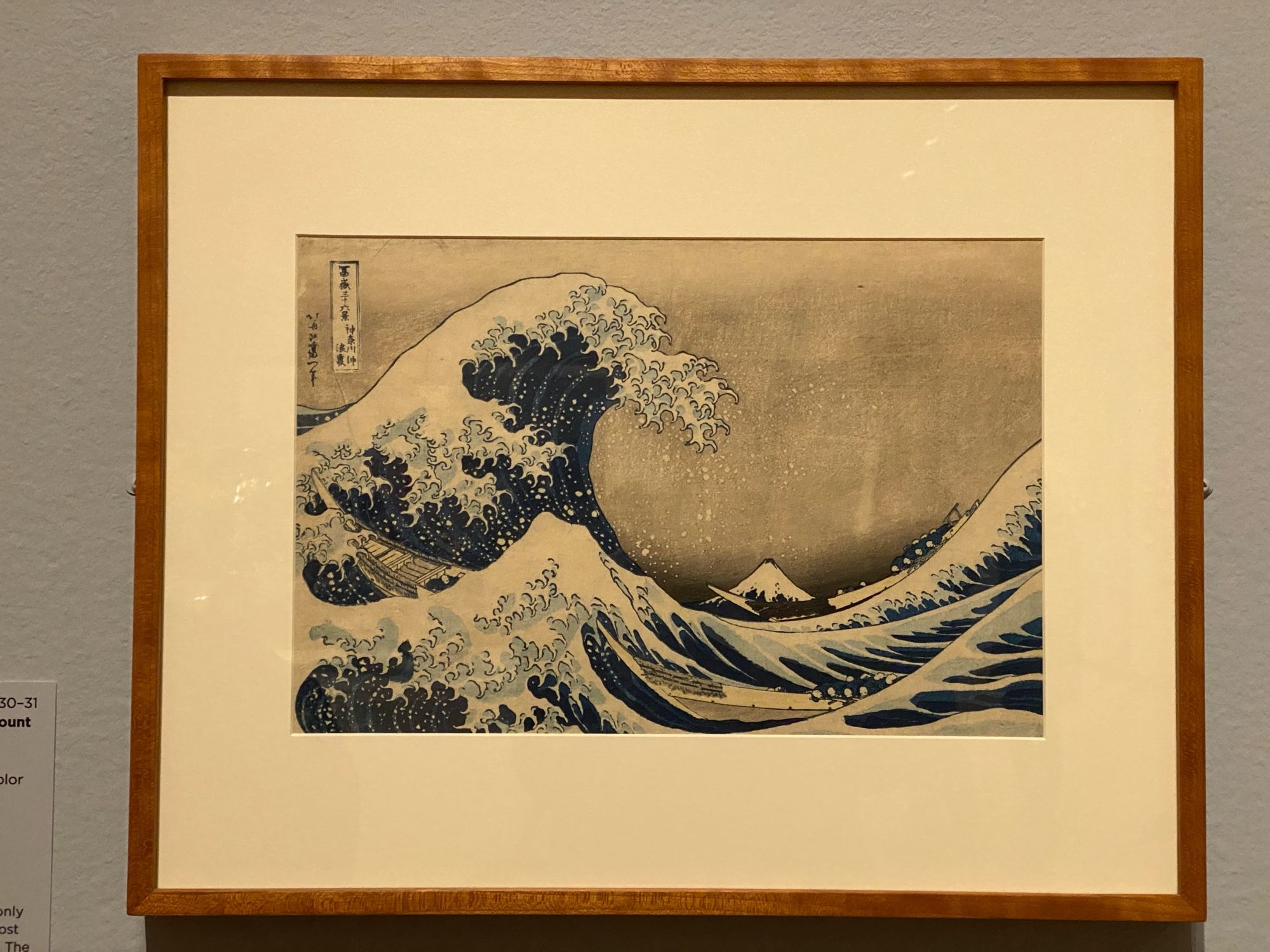
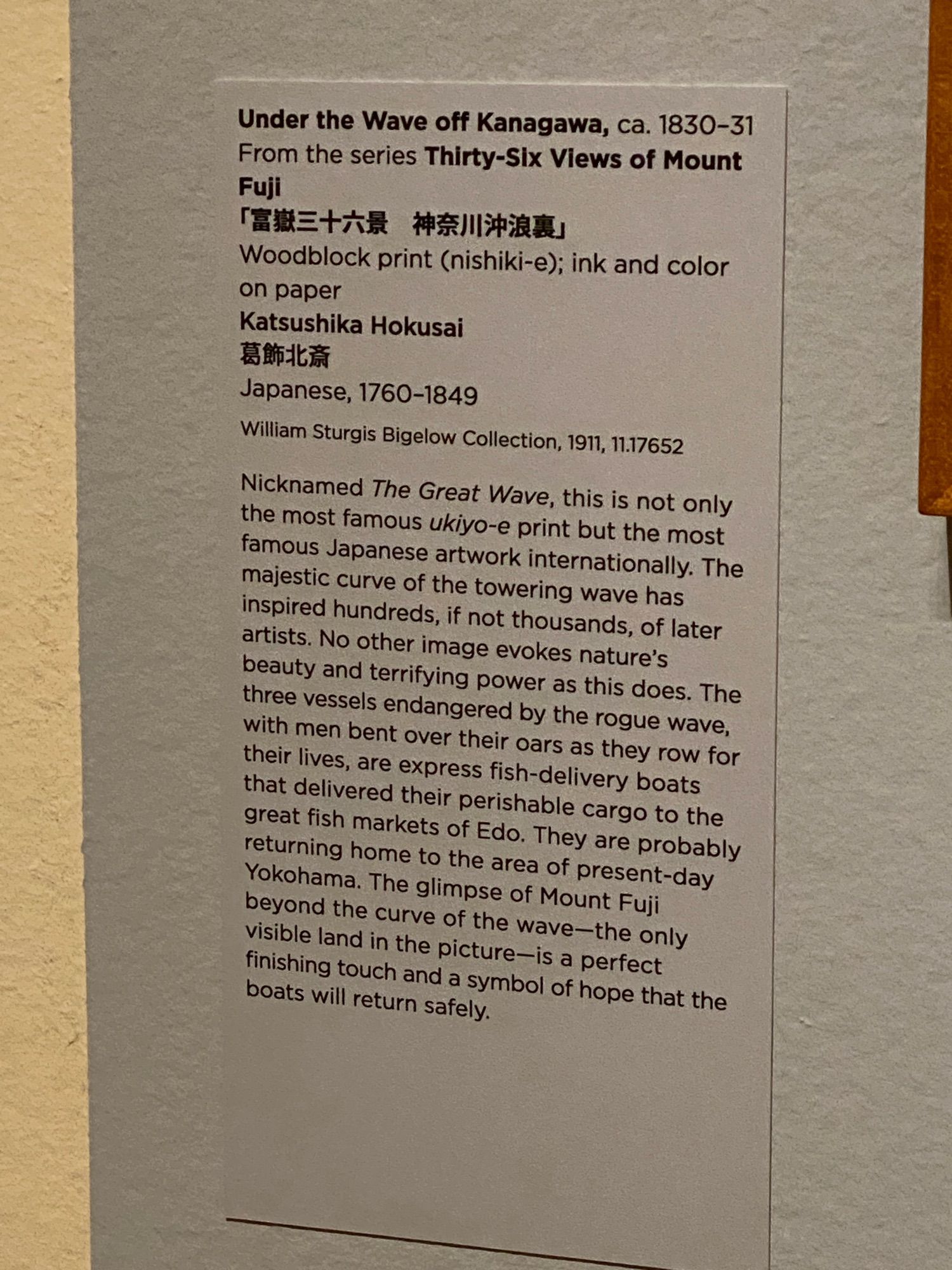

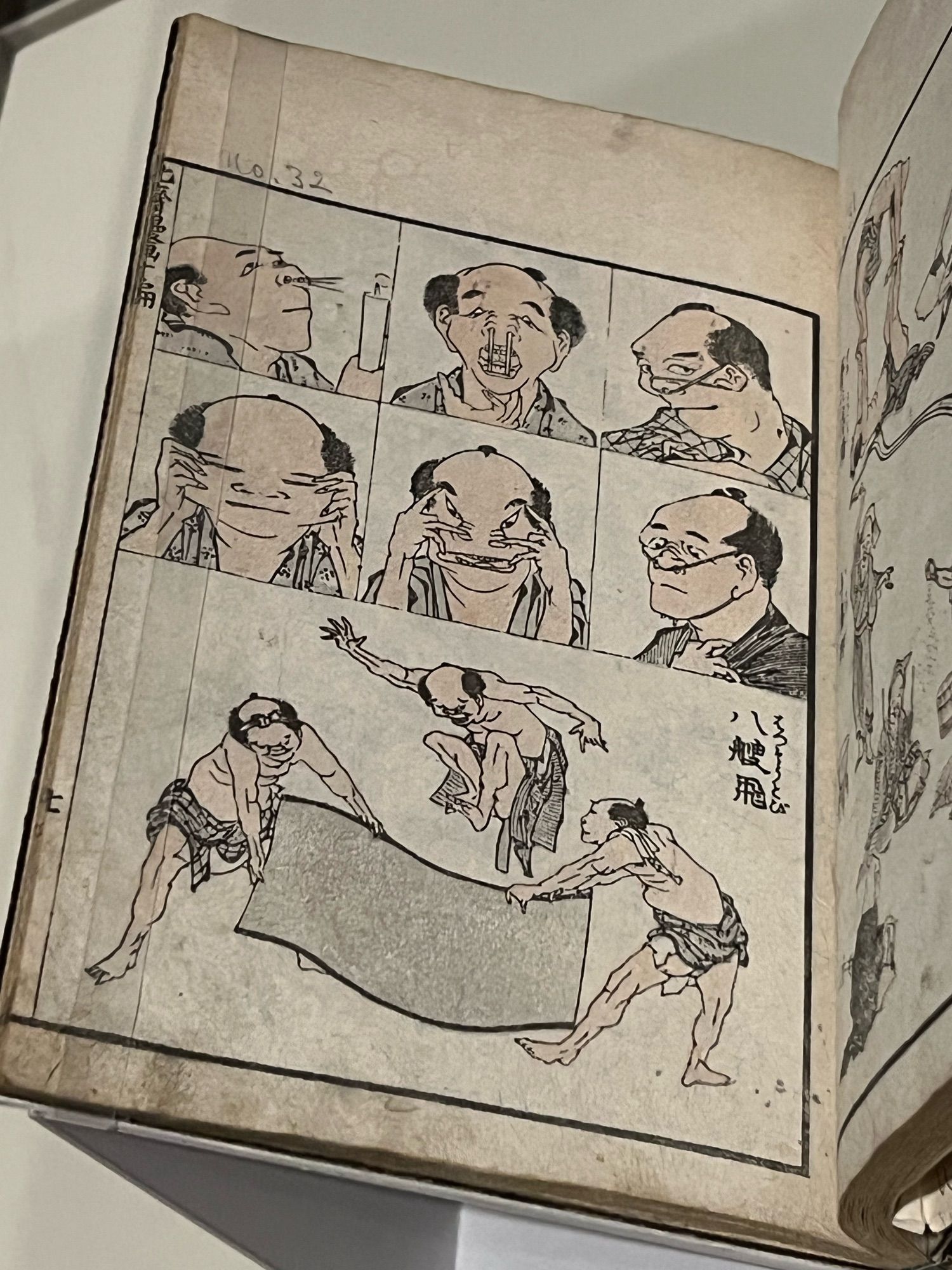
Wanted to get out of the house so we went to the last day of the Edo Pop exhibition at the Watts Gallery today. Didn't really know what to expect but we saw some real Hiroshige and Hokusai woodblock prints which was -awesome-.

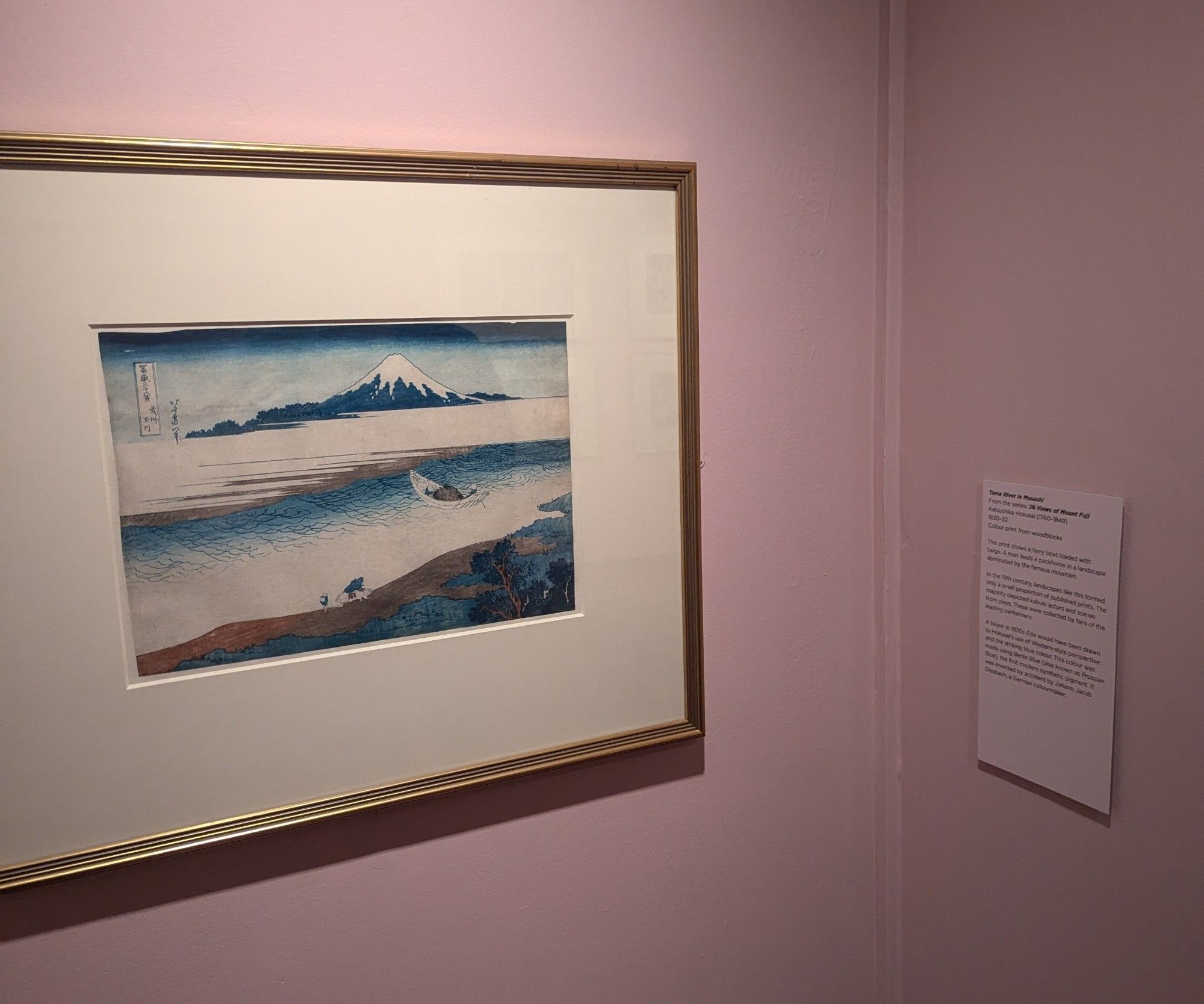
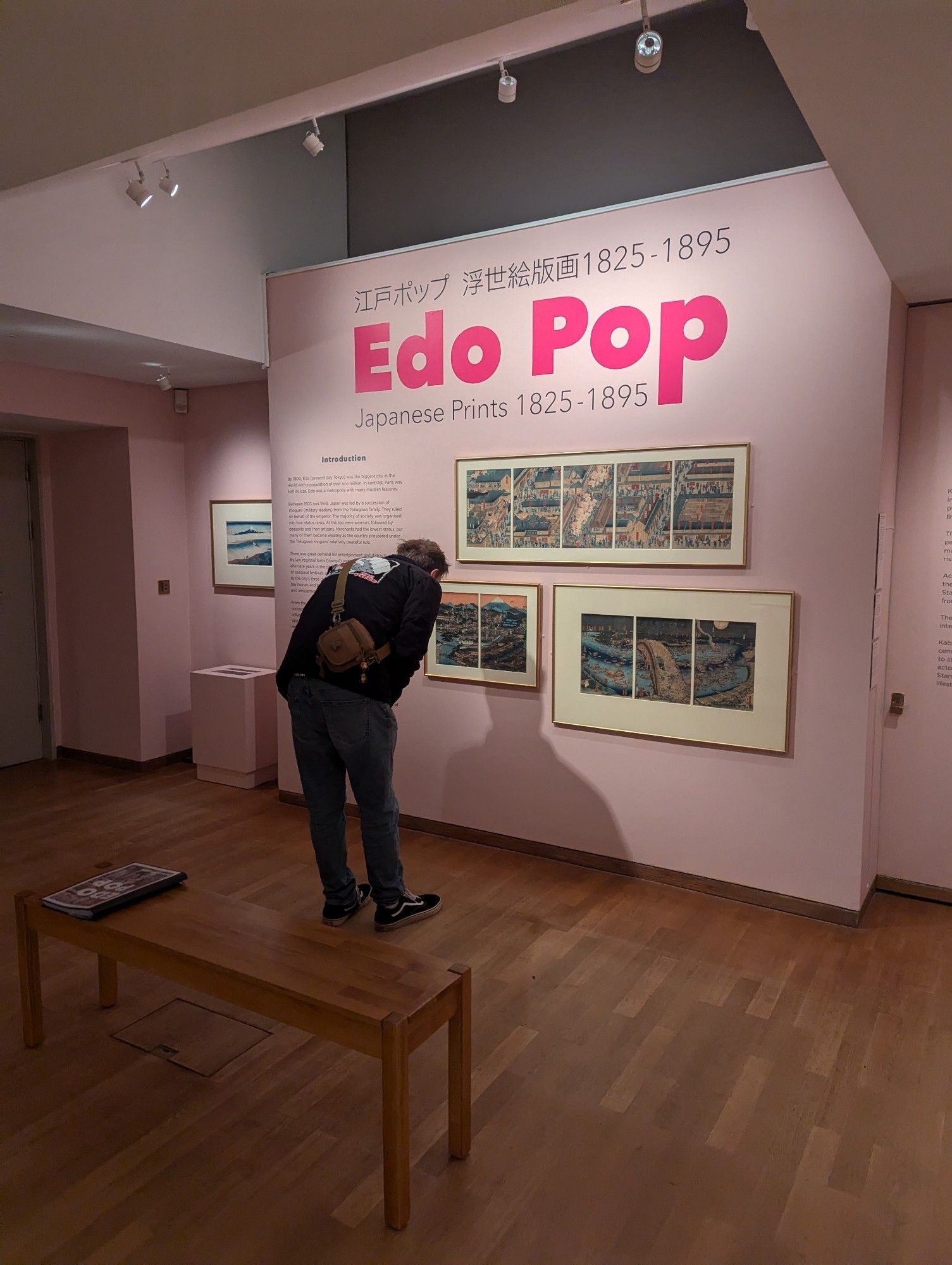
The Tea plantation of Katakura in the Suruga province https://www.wikiart.org/en/katsushika-hokusai/the-tea-plantation-of-katakura-in-the-suruga-province

A woman ghost appeared from a well https://www.wikiart.org/en/katsushika-hokusai/a-woman-ghost-appeared-from-a-well
